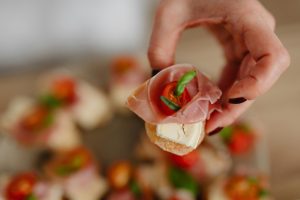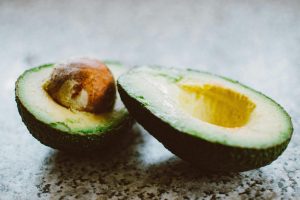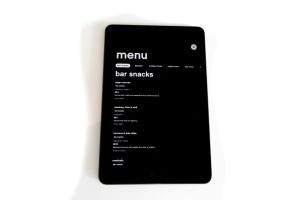The Art of Homemade Bread: Creating Perfect Loaves From Scratch
There is nothing quite like the smell of freshly baked bread filling your home. The warm and comforting aroma can instantly lift your spirits and make you feel at peace. And while store-bought bread may satisfy your cravings, there is something special about the satisfaction that comes from creating your own perfect loaf from scratch. In this article, we will explore the art of homemade bread and share tips and tricks for creating the perfect loaf every time. Whether you are an experienced baker or just starting out, get ready to take your bread-making skills to the next level!
The Basics of Homemade Bread
Bread has been a staple food for centuries, made from just a few simple ingredients – flour, water, yeast, and salt. But despite its simplicity, creating the perfect loaf of homemade bread can be a challenging and delicate process. Before we dive into the specifics, let’s take a quick look at the key elements involved in making homemade bread.
The Importance of Quality Ingredients
The first step in creating the perfect loaf of bread is using quality ingredients. This includes high-quality flour, preferably bread flour or all-purpose flour, as it has a higher protein content which gives bread its structure. You should also use fresh yeast, either active dry or instant yeast, as it is essential for rising the dough. And for best results, invest in good quality sea salt, as it can greatly enhance the flavor of your bread.
The Role of Yeast
Yeast is a key ingredient in bread-making, as it is responsible for the fermentation process that makes the dough rise. There are two main types of yeast used in baking – active dry yeast and instant yeast. Active dry yeast needs to be activated in warm water before use, while instant yeast can be added directly to the dry ingredients. No matter which type of yeast you use, make sure it is fresh and has not expired for best results.
The Importance of Kneading
Kneading is the process of working the dough by hand or with a stand mixer to develop the gluten, which is essential for the dough to rise and have a light and airy texture. Kneading should be done on a floured surface, and it can take anywhere from 10 to 15 minutes depending on the recipe. A good indication that the dough is ready is when it becomes smooth, elastic, and no longer sticks to your hands.
Tips for Creating the Perfect Loaf
Measure Your Ingredients Precisely
This may seem like a no-brainer, but when it comes to baking, precise measurements are crucial. Too much flour can result in a dense and heavy loaf, while too little can cause the dough to be too wet and difficult to work with. Invest in a good quality set of measuring cups and spoons, and make sure to level off your dry ingredients for accurate measurements.
Proof Your Yeast Before Use
As mentioned before, active dry yeast needs to be activated in warm water before using, while instant yeast can be added directly. But even with instant yeast, it is always recommended to proof it by adding it to a small amount of warm water and letting it sit for a few minutes. This allows you to double-check that your yeast is still fresh and active before adding it to your dough.
Don’t Skip the Resting and Rising Time
Patience is key when it comes to creating the perfect loaf of homemade bread. After kneading the dough, it needs time to rest and rise before being shaped and baked. This allows the gluten to relax and the yeast to activate, resulting in a light and airy loaf. Follow the specific resting and rising times mentioned in your recipe for best results.
Use the Right Temperature Water
Water temperature plays a crucial role in bread-making. Warm water activates the yeast, but if it is too hot, it can kill the yeast, resulting in bread that does not rise. Always use lukewarm water, around 110°F, for best results. If you do not have a thermometer, you can test the temperature by sprinkling a few drops on your wrist – it should feel warm, but not hot.
The Final Touch: Baking Your Loaf
After patiently waiting for your bread to rise and proof, it is time to bake it to golden perfection. Here are a few tips for a perfectly baked loaf:
Preheat Your Oven
It is important to preheat your oven to the temperature mentioned in your recipe, usually between 375°F to 425°F. This ensures that your bread bakes evenly and rises properly.
Bake on a Baking Sheet or Stone
Using a baking sheet or stone to bake your bread allows for even heat distribution, resulting in a well-baked and golden crust. If using a baking sheet, make sure to line it with parchment paper to prevent sticking.
Score Your Bread
Scoring your bread allows for steam to escape during baking, which leads to a beautiful, crisp crust. You can use a sharp knife or bread lame to make shallow slashes on the top of your dough before placing it in the oven.
And there you have it – the art of making homemade bread and creating perfect loaves from scratch! With these tips and tricks, you can elevate your bread-making skills and impress your friends and family with delicious, freshly baked bread. So what are you waiting for? Get your apron on and start baking!










